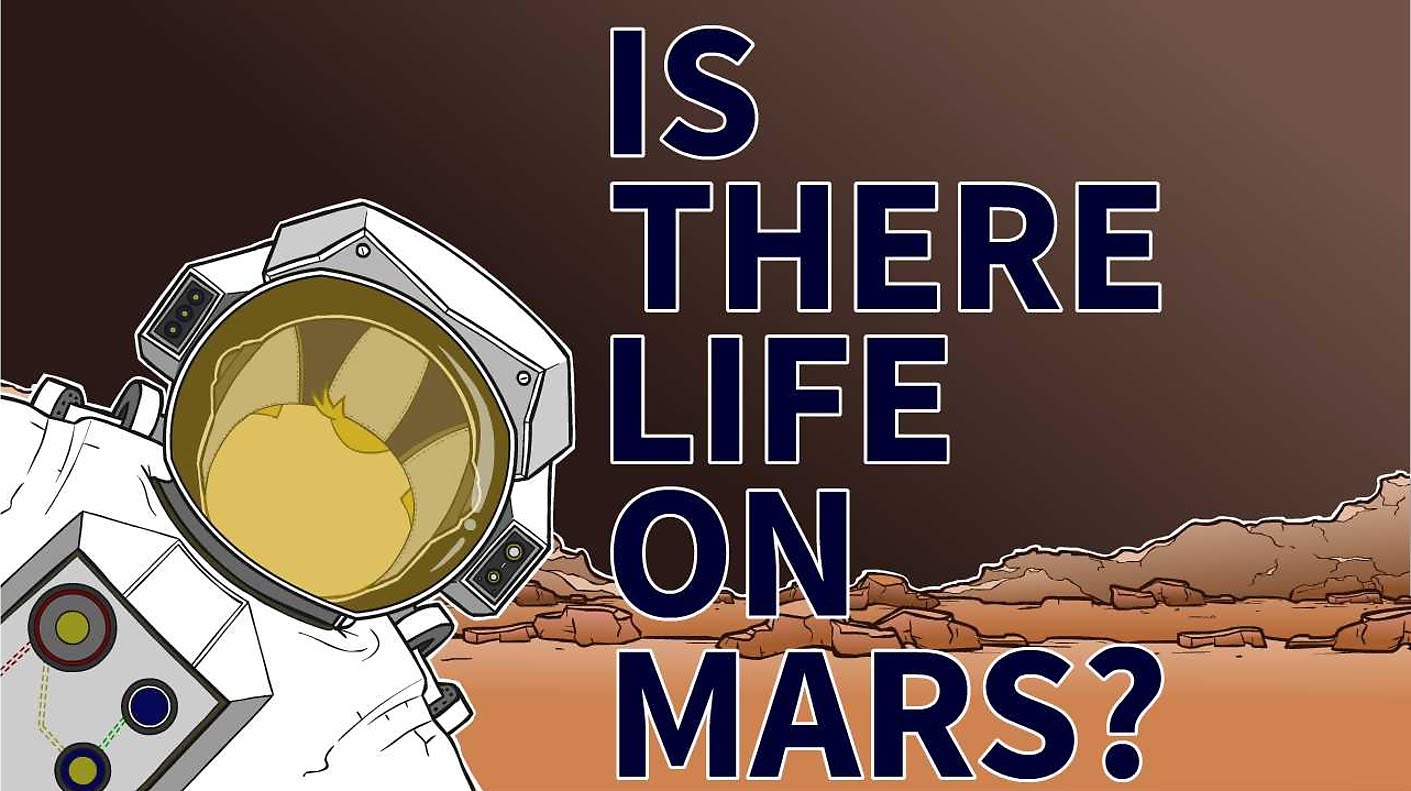David Bowie asked the immortal question in his hit song, but now the question no longer rings hollow, and the evocative chorus has become a genuine questions for humanity to contemplate. The recent discovery of liquid water flowing on the surface of Mars has spurred the debate on even further, and many are now looking at how long, if possible, have sentient organisms resided on the red planet, and curiously, do they know we exist?
The theory of life on Mars has been rooted deep in human scientific endeavour since the beginning of the 19th century. Then WWI & II put us on a different cause for a while, but we have the rivalries of the cold war to thank for reigniting that spark once more. With the American landing on the moon came a new era of outer space exploration. Knowing that it can be done changed the game forever, and not since has there been a bigger discovery or achievement in space exploration, until now that is.
NASA researchers believe some of the most ancient lakes on the surface of the red planet could have lasted for up to 10,000 years, which more than enough time for life to develop and thrive. From the data that has been gathered by the Curiosity rover, we know now that Mars was once a planet much like Earth, with warm salt-water seas and freshwater lakes covering enormous parts of the planet, as well as snow-capped peaks, clouds, water and weather cycles. This entails a very strong possibility of life within one of these many ecosystems.
Of course, the atmosphere of Mars has undergone a severe change since we arrived, and that is one of the many questions that NASA now aims to answer. What was it that caused the atmosphere on Mars to change so drastically? And under what conditions does liquid water flow on Mars? These questions can help us better understand Mars like never before, as well as the water on our own planet.
The first step for NASA should be identifying appropriate technologies which can make the second phase of the mission to Mars more achievable. The rising use developing technologies such as ultra-high vacuum (UHV) and Antimatter could make humanities goals more possible. Already, a broad range of schemes to put human life on Mars have been revealed, containing a mixture of scientific, private, and commercial endeavours. Even a Dutch TV station is planning to send several contestants to Mars for a big brother style interplanetary television show. At this stage, I’m pretty sure the only thing that could shake the general apathy toward Mars on Earth is the discovery of Xenomorphic style humanoids.
Using existing technology, it is pretty much impossible for humans to explore the Solar System much beyond Earth. The potential discovery of an easily terraformable planet (ETP) in our own Solar System is expected to drive the development of these technologies even further, and possibly give credence to the scientific practice of planetary engineering beyond theory. But we must also consider what effect this could have on the past or present life that may exist on Mars; humanity has made this mistake before (remember the Dodos?) so we should be wary of plans to twist Mars to our ecological liking just yet.
NASA itself identified one of its key missions as putting human researchers on Mars to further identify its findings, stating 2030 as its intended timescale. With actual people on the surface of Mars, NASA can go much further in studying the conditions in which water flows on Mars, as well as the requirements for terraforming the entire planet. Most importantly however, researchers on the surface of Mars would be able to identify whether life once existed on the red planet.
The hunt for water and life on Mars has also spurred us to look in other places in our Solar System for similar results. Jupiter’s moon Europa and Saturn’s moon Titan have been put forward as potential sites for the past or present existence of life. Both have visible liquid water, but also exist in harsh or freezing conditions, and neither once had a similar atmosphere to Earth in the way that Mars did.
For now, all we can do is await further information from the Curiosity rover, which at this very moment is rolling around on the surface of the red planet, looking for further clues to some of the oldest questions regarding our glorious universe.
I am a young tech-obsessed Brit living in the UK (Brighton), interested in sport, travel, gadgets & software




















































































































































































